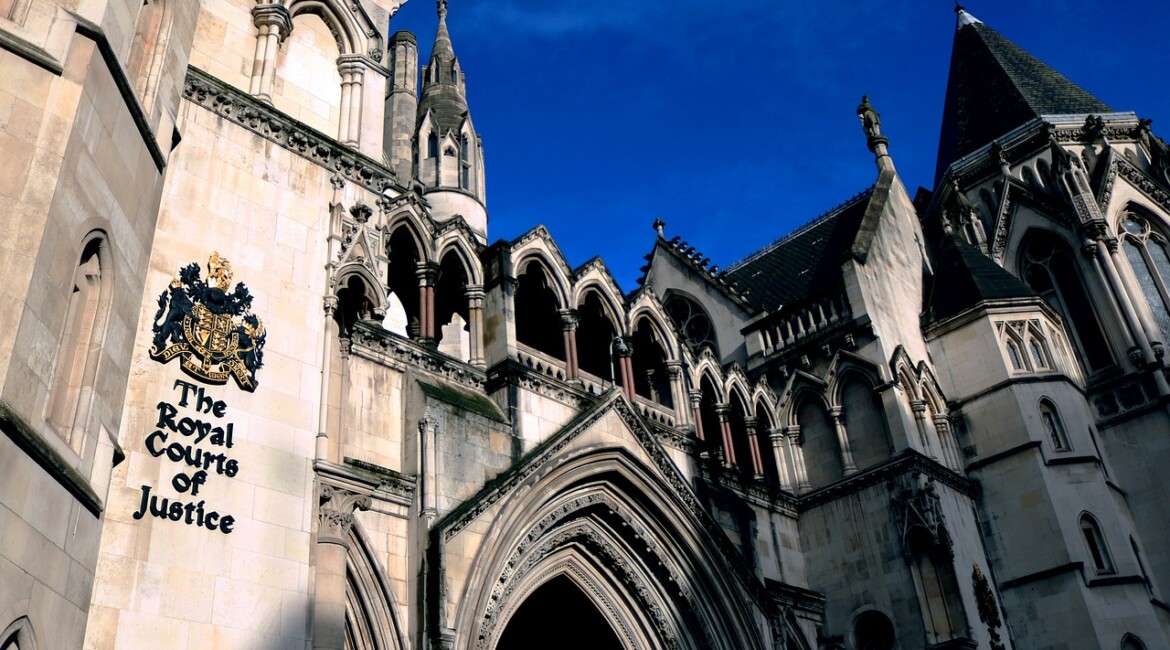
Understanding Court Declarations: Comparing Part 7 and Part 8 of the Civil Procedure Rules

Court declarations allow parties to seek clarity on their rights, obligations or legal relationships without needing to engage in full litigation. The route chosen to obtain such a declaration often depends on the nature of the issue at hand and whether it involves factual disputes. This article explores the distinction between Part 7 and Part 8 of the Civil Procedure Rules (“CPR”) and highlights how each procedure applies to obtaining a court declaration.
What is a Court Declaration?
A court declaration is a legally binding statement by the court that resolves a question of law or clarifies legal rights and obligations. Unlike other court orders, a declaration does not typically compel any action, instead, it serves as an authoritative statement on a specific legal issue.
Declarations can prove invaluable in many scenarios, including contractual disputes, property matters, and regulatory compliance, as they provide certainty and can often prevent further disputes or costly litigation.
Choosing the Right Procedure: Part 7 vs Part 8
The CPR provide two main procedural routes for parties seeking a court declaration:
Part 7 Procedure
Part 7 is the default route for commencing most types of civil claims, particularly those involving significant factual disputes. The process is designed to accommodate the complexities of cases where evidence needs to be examined, witnesses cross-examined, and factual issues resolved.
Key Features of Part 7:
- Formal pleadings (claim form, particulars of claim, defence, and replies);
- Disclosure of documents to the opposing party;
- The possibility of witness statements and oral evidence at trial; and
- A longer timeline, reflecting the need for detailed fact-finding.
When to Use Part 7 for Declarations:
If there is a significant factual dispute or the question to be determined depends on contested evidence, the Part 7 procedure is appropriate. For example, if parties disagree on the interpretation of events or the validity of factual claims in a contract dispute, Part 7 allows the court to assess and resolve those disputes.
Part 8 Procedure
Part 8 is designed for cases where the claimant seeks a decision on a legal question that is unlikely to involve a substantial dispute of fact. This procedure is particularly useful for cases involving the interpretation of contracts, statutes or other documents.
Key Features of Part 8:
- The claim form specifies that it is brought under Part 8;
- The legal question and the relief sought are clearly stated in the claim form;
- Evidence is filed alongside the claim form, avoiding the need for extended pleadings; and
- The process is typically faster and less complex than Part 7.
When to Use Part 8 for Declarations:
Part 8 is ideal for cases where the issue is primarily one of legal interpretation rather than factual dispute. For instance, a claimant might seek a declaration regarding the meaning of a contractual term or the application of a specific statutory provision.
A Comparative Example
Consider a scenario where a supplier and a contractor have a disagreement regarding the interpretation of a clause within their agreement.
- If both parties agree on the facts but differ in their interpretation of the clause, the matter can likely be resolved under Part 8. The court would determine the legal meaning of the clause without delving into disputed facts.
- If the parties disagree on what was said or done during contract negotiations, this introduces factual disputes. Part 7 would then be the appropriate route, allowing the court to examine evidence and witness testimony to resolve those disputes.
What is the Difference between Part 7 and Part 8 Claims?
Part 7 is used for claims involving significant factual disputes, while Part 8 is for resolving legal questions without substantial disputes of fact.
Evidence Preparation
For Part 8 claims, evidence must be prepared and submitted at the outset. For Part 7 claims, evidence is developed and disclosed as the case progresses.
Efficiency and Costs
Part 8 is generally more cost-effective due to its streamlined process. However, attempting to use Part 8 for a claim that should proceed under Part 7 can lead to delays and adverse cost orders.
Summary
Understanding the distinctions between Part 7 and Part 8 of the CPR is essential when seeking a court declaration. While Part 7 accommodates claims involving substantial factual disputes, Part 8 provides a faster and more efficient route for resolving purely legal questions. Selecting the correct procedure can make a significant difference in achieving a cost-effective and timely resolution.
How we can help
If you require help, we offer a no-cost, no-obligation 20-minute introductory call as a starting point or, in some cases, if you would just like some initial advice and guidance, we will instead offer a one-hour fixed fee appointment (charged from £250 plus VAT to £350 plus VAT* depending on the complexity of the issues and seniority of the fee earner).
Please email wewillhelp@jonathanlea.net providing us with any relevant information ensuring that any call we have is as productive as possible or call us on 01444 708640. After this call, we can then email you a scope of work, fee estimate (or fixed fee quote if possible), and confirmation of any other points or information mentioned on the call.
* VAT is charged at 20%
This article is intended for general information only, applies to the law at the time of publication, is not specific to the facts of your case and is not intended to be a replacement for legal advice. It is recommended that specific professional advice is sought before relying on any of the information given. © Jonathan Lea Limited.
